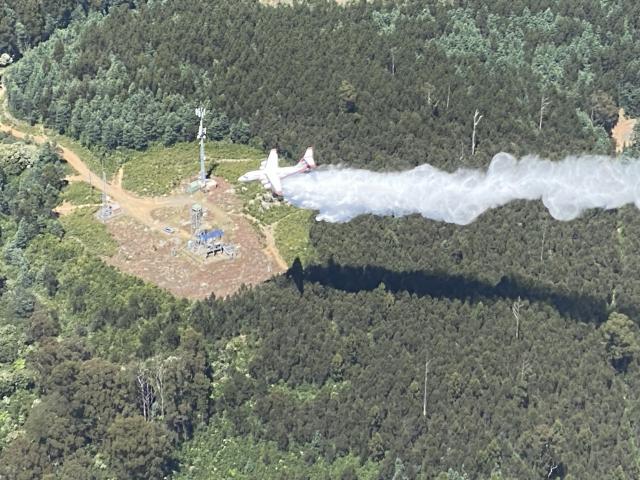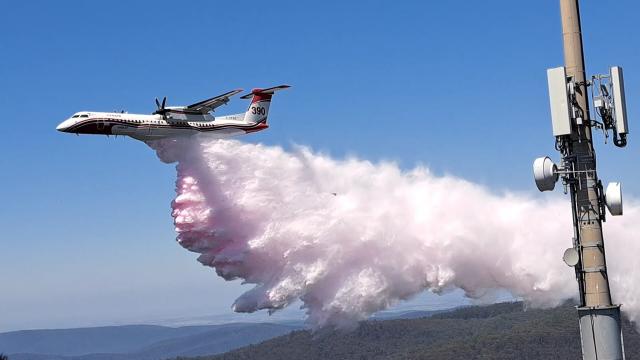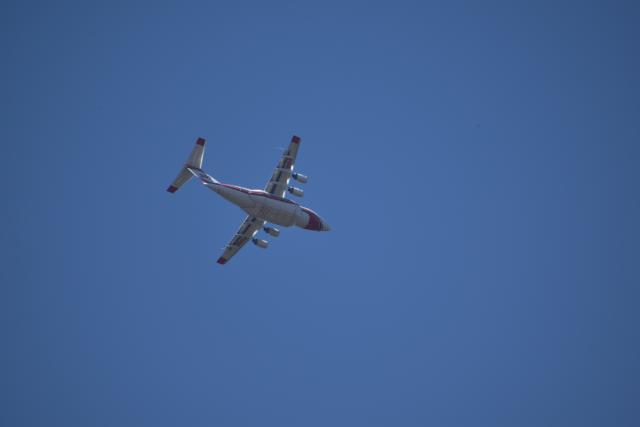By Callum Ludwig
Mount Beenak played an important role in helping fine-tune our bushfire response this week.
On Wednesday 11 January, a fleet including two LATs (Large Air Tankers) completed a training exercise to help ensure pilots are prepared and assured in the event of a major bushfire.
Forest Fire Management Victoria (FFMV) is managed by the Department of Energy, Environment and Climate Action (DEECA) and regularly undertakes training exercises throughout summer,
“The LATs are a vital part of Victoria’s firefighting fleet as they assist in direct attack for fires and the creation of control lines,” said Tamara Beckett Director of Forest and Fire Operations at DEECA.
“All aircraft need to be maintained to a high standard and regular training must be maintained to ensure crew readiness.”
Despite the seasonal outlook having shown a reduced bushfire risk across much of the state due to continued rainfall and cooler conditions, the training is important to help different fire-fighting agencies to respond to incidents and emergencies cohesively.
The first plane to fly out in the event of a fire is the Bird Dog, a twin-engine small plane that takes off as soon as the call comes through from the State Air Desk. It scouts out the fire ahead of the LATs and drops a smokescreen to indicate where the air tankers should target.
Aircraft has already played a key role in Victoria over the past months during the flood response, and are here ready to respond to other emergencies, including fires.
The training on Wednesday 11 January was specifically for Large Air Tankers (LATs) which are a state resource, meaning that they can and are regularly deployed across the state.
Over the rest of the bushfire season, a total of 50 firebombing aircraft, air supervision and air intelligence gathering aircraft will be ready to combat fires across Victoria.
Mount Beenak was chosen for the training exercise due to its relative proximity to the Avalon Airport. It took the fleet of aircraft less than 20 minutes to arrive after taking off.









